After being diagnosed with celiac disease three years ago, I like to think that I’ve got this gluten-free lifestyle down. Say no to anything that comes within a 15-mile radius of wheat, rye, barley and oat (well, the jury is still out on this one). Seems simple enough, right? Just avoid any carbohydrate that has the slightest bit of flavor to it.
Unfortunately, gluten works in mysterious ways and can creep into things you would never think of. Luckily, I made you a nice little list to help my fellow GF friends out.
1. Soy Sauce
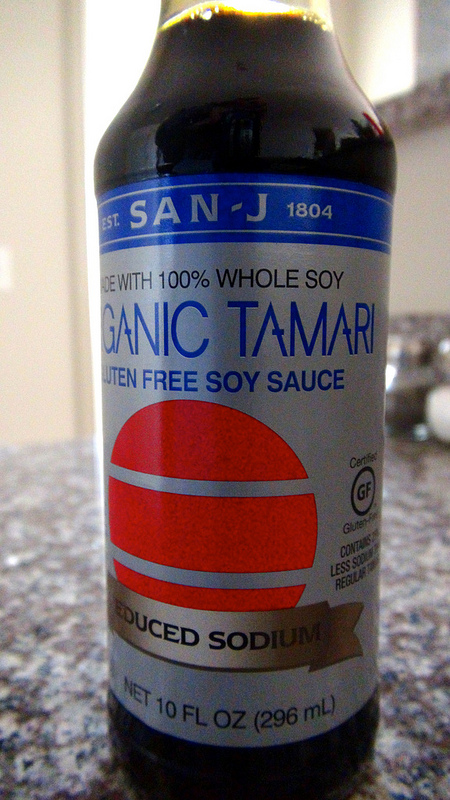
Photo by Erin Tate
The processed used to make this sauce so(y) delicious involves the soybeans being marinated in wheat, which means unless stated explicitly on the bottle, this sauce is not GF.
2. Licorice
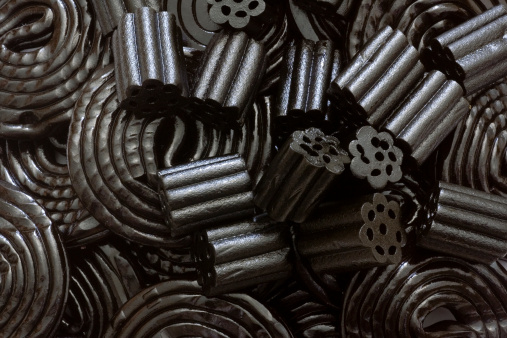
Photo courtesy of mommyish.com
You’d never guess that one of the main ingredients in licorice is wheat, right?! Me either, that’s why I ate an entire bag of licorice that led me to what I call “The Black Plague of ’14.”
3. Chocolate
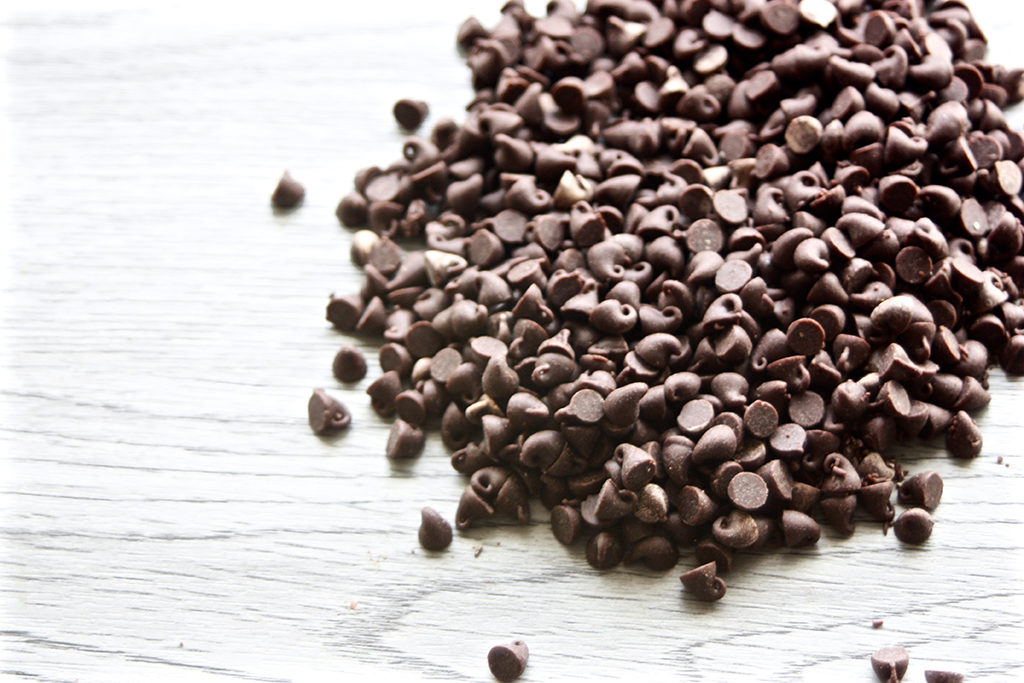
Photo by Christin Urso
Be careful of the crispies in some chocolate. Is it rice or is it gluten? Your stomach will tell you soon enough.
4. Hard Alcohol
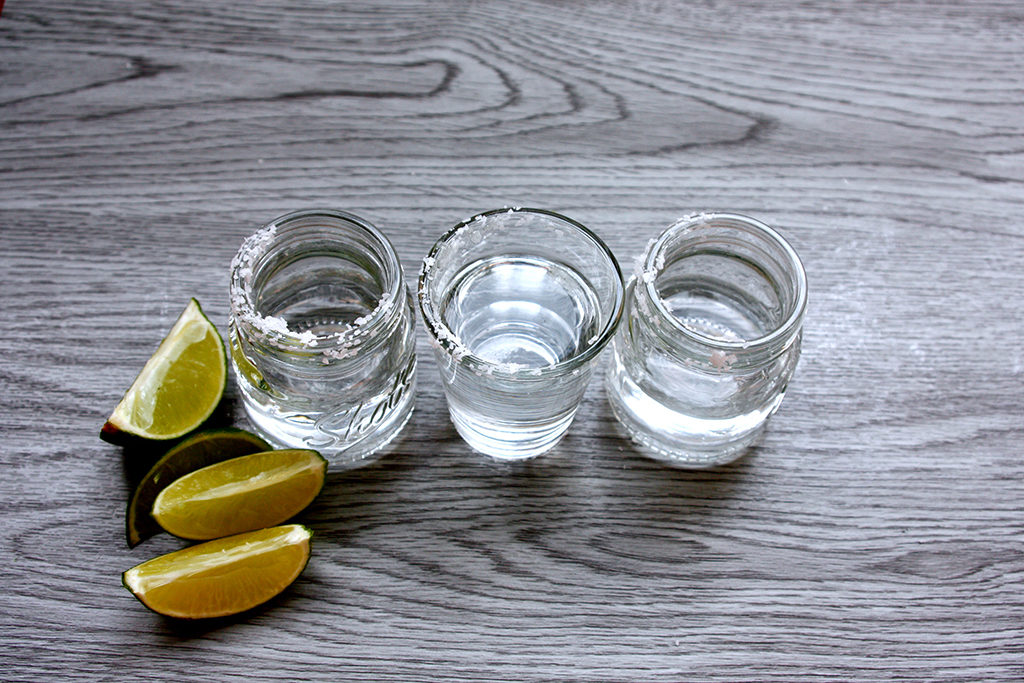
Photo by Christin Urso
While hard alcohol is typically safe, be mindful of the possibility that some gluten remained in the drink after it underwent distillation.
5. Deli Meats
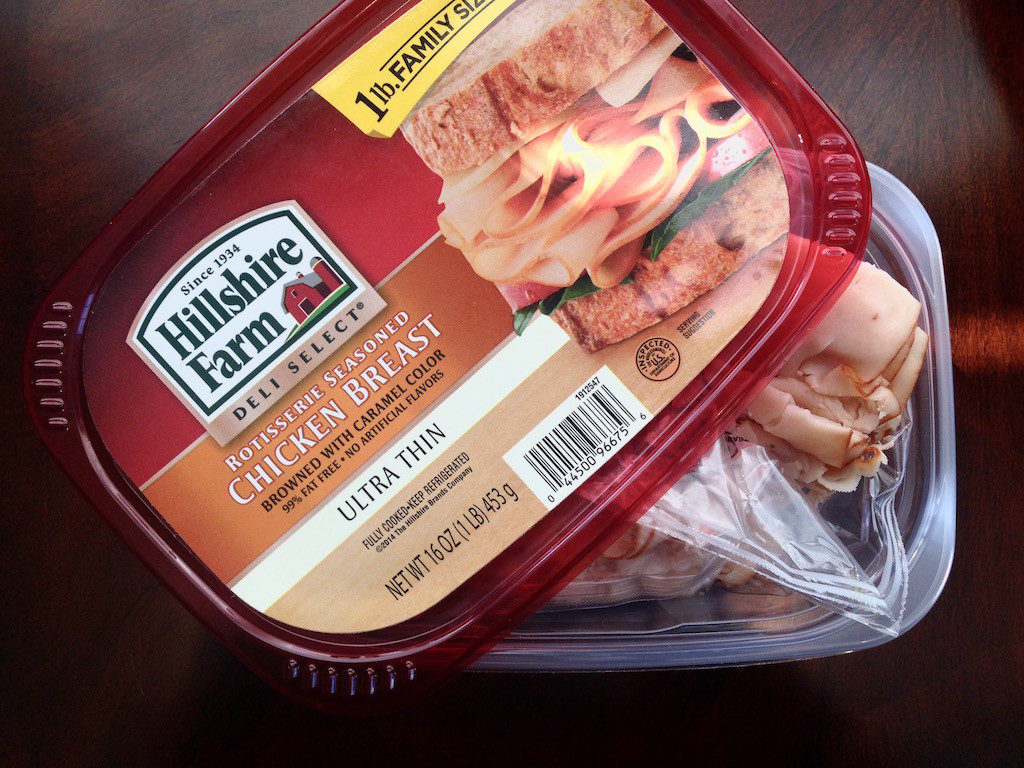
Photo by Lexi Nickens
Gluten in my deli meats?! That’s just bologna. But all joking aside, gluten is commonly found in preservatives that are used to keep deli meats fresh.
6. Soups
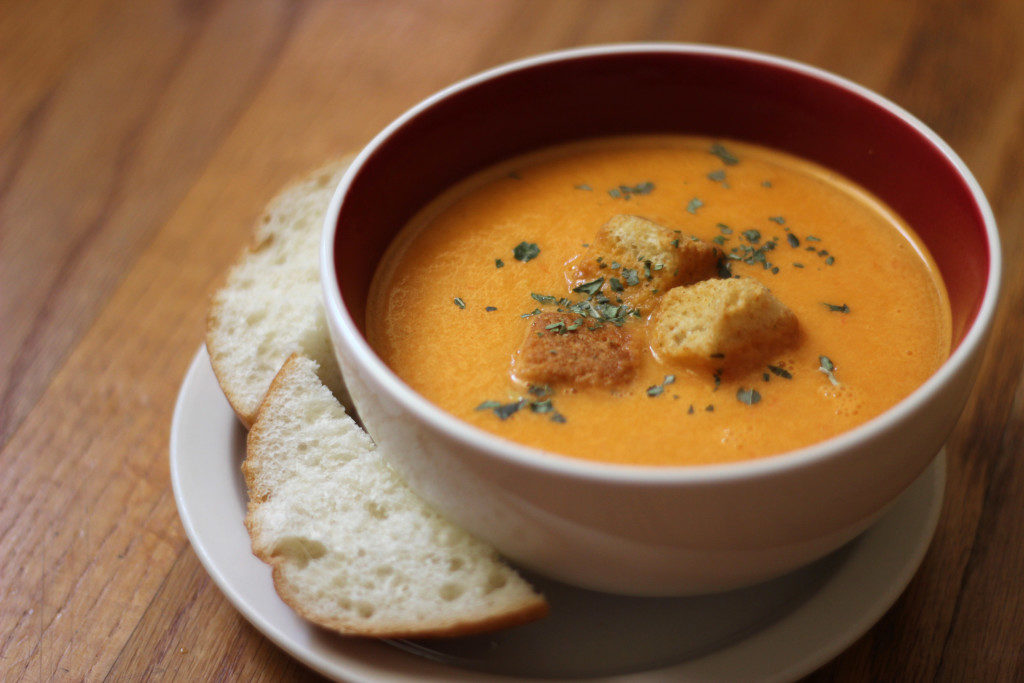
Photo by Hui Lin
This is again a preservative issue – just learn to read your labels.
7. Salad Dressing
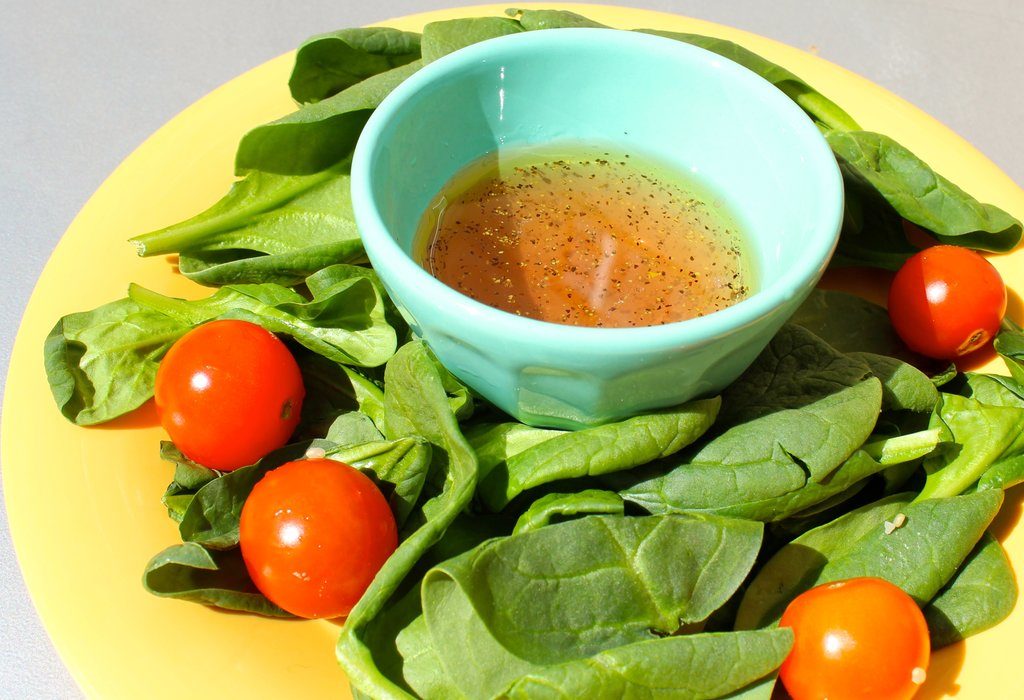
Photo by Katie Walsh
Malt and other vinegars that are commonly in dressings may contain gluten as well as blue cheese – another dressing ingredient.
8. Ice Cream
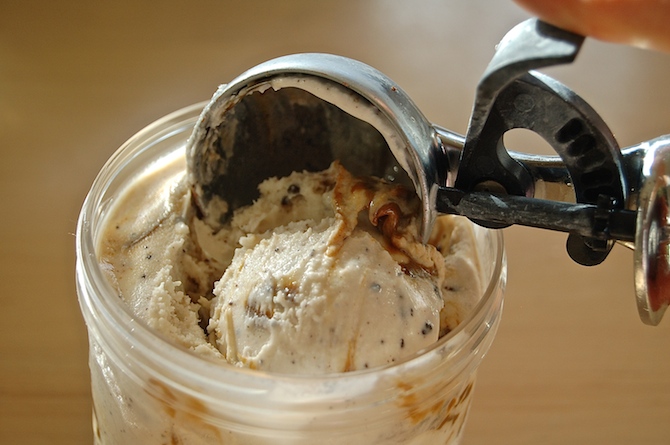
Photo by Torey Walsh
While many brands are gluten-free, be wary of additives such as wheat starch, malt and artificial colors and flavors that may contain gluten. Just another reason to learn to read your labels.
9. Oatmeal
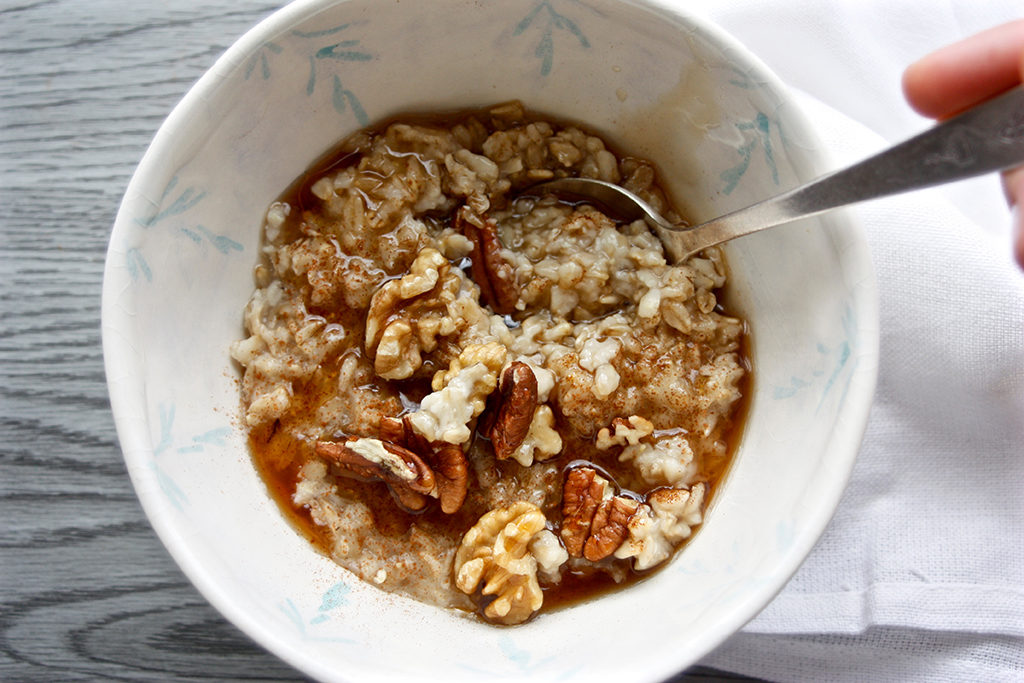
Photo by Christin Urso
Not all oats are created equal, so unless the product explicitly states that it is gluten-free, swap out your nice warm bowl of oats for some tasteless GF cereal.
10. Ground Spices
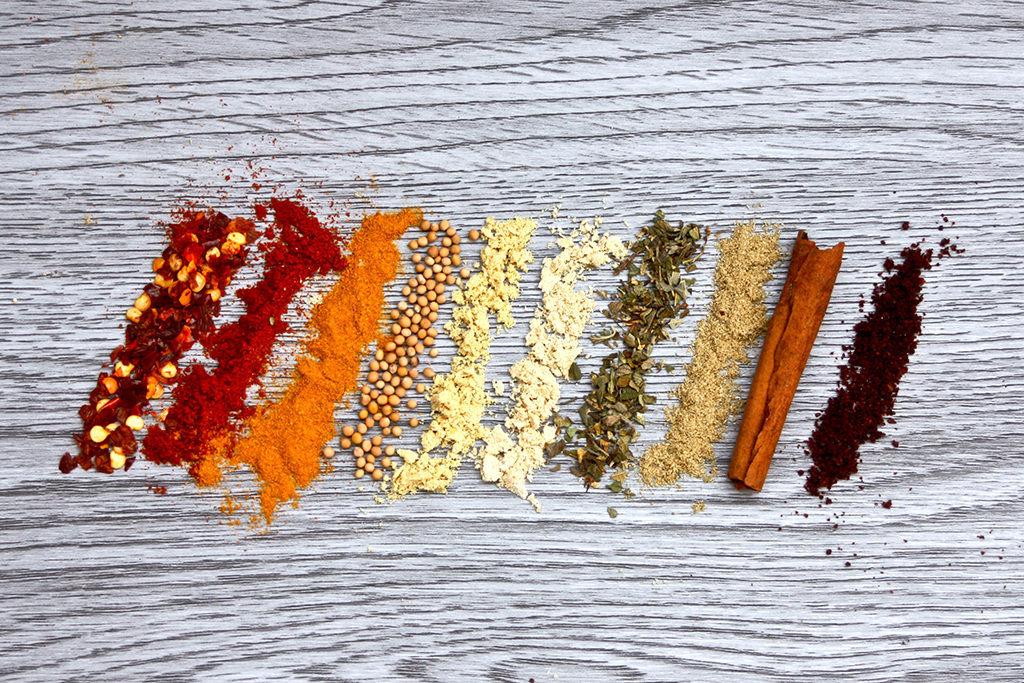
Photo by Christin Urso
Most spices are safe, but be mindful of the cross contamination that may happen while being processed, or the fact that the manufacturer might add some flour to the mixture to prevent caking.
11. Pickles
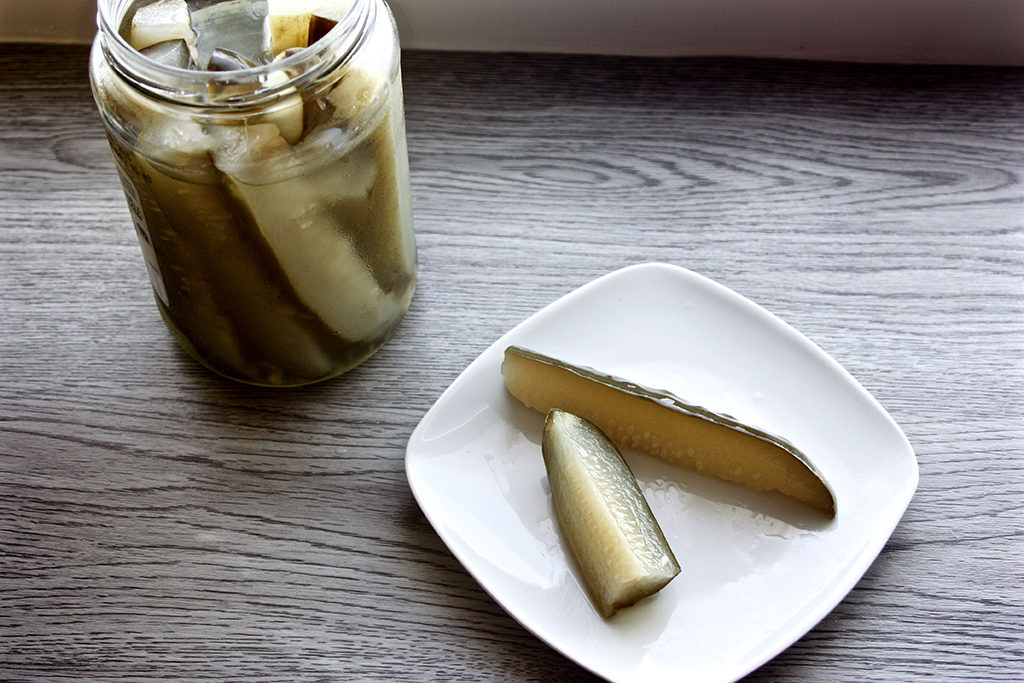
Photo by Christin Urso
Depending on the pickling process, malt vinegar may have been used leaving these pickles to be contaminated with gluten.
12. Sushi
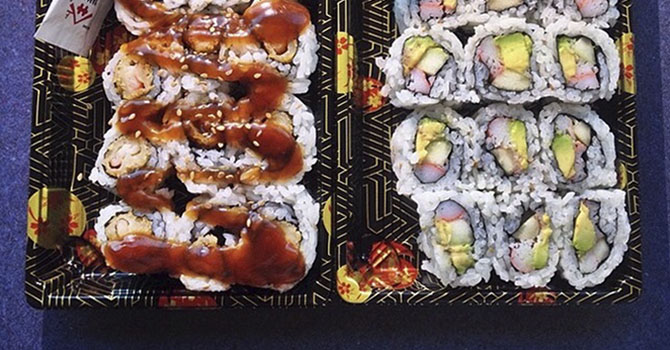
Photo by Rachael Piorko
Unless explicitly stated, assume that the crab used in your sushi roll is artificial crab meat, which has wheat as one of its main ingredients.
13. Gravy
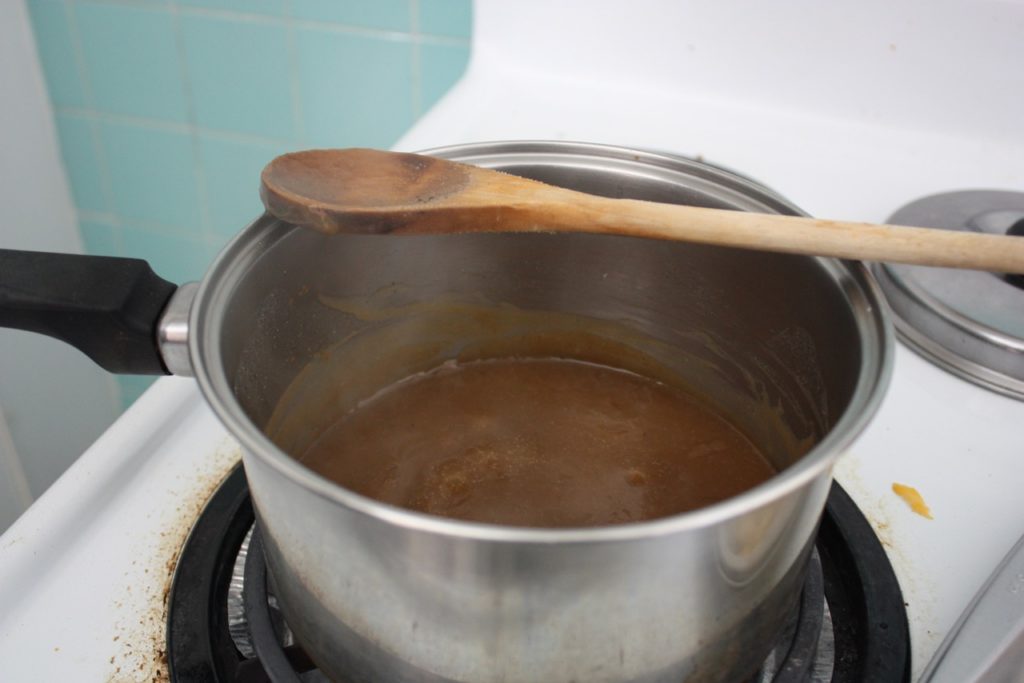
Photo by Adeena Zeldin
Most gravies use a thickening component which is almost always wheat flour.
14. Meatballs
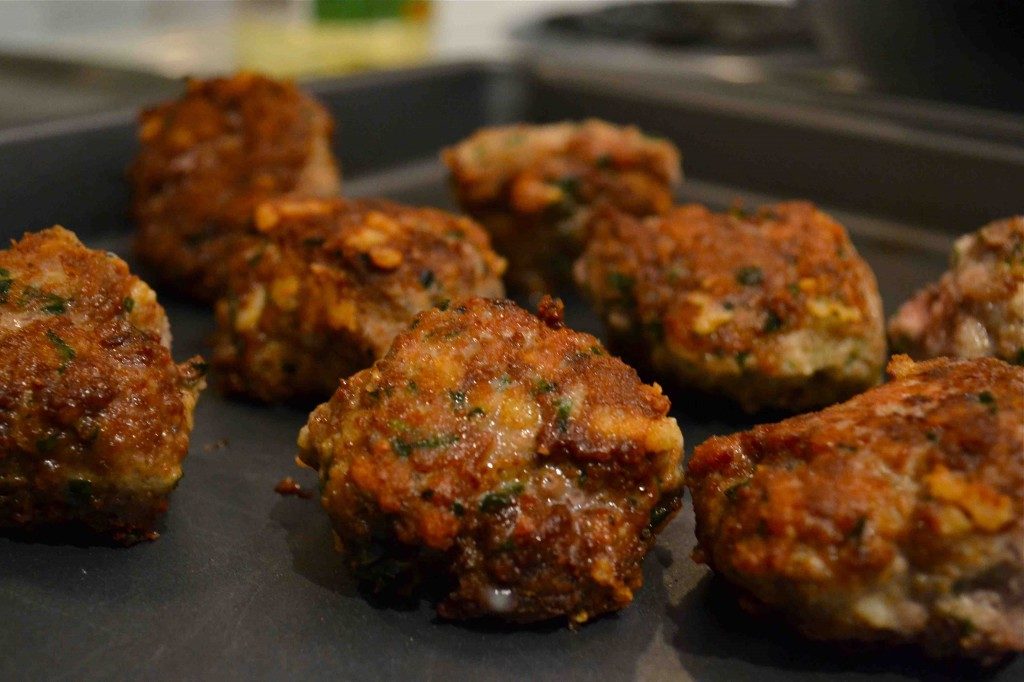
Photo by Alia Wilhelm
Breadcrumbs are a hidden ingredient in these delicious balls of meat.
15. French Fries
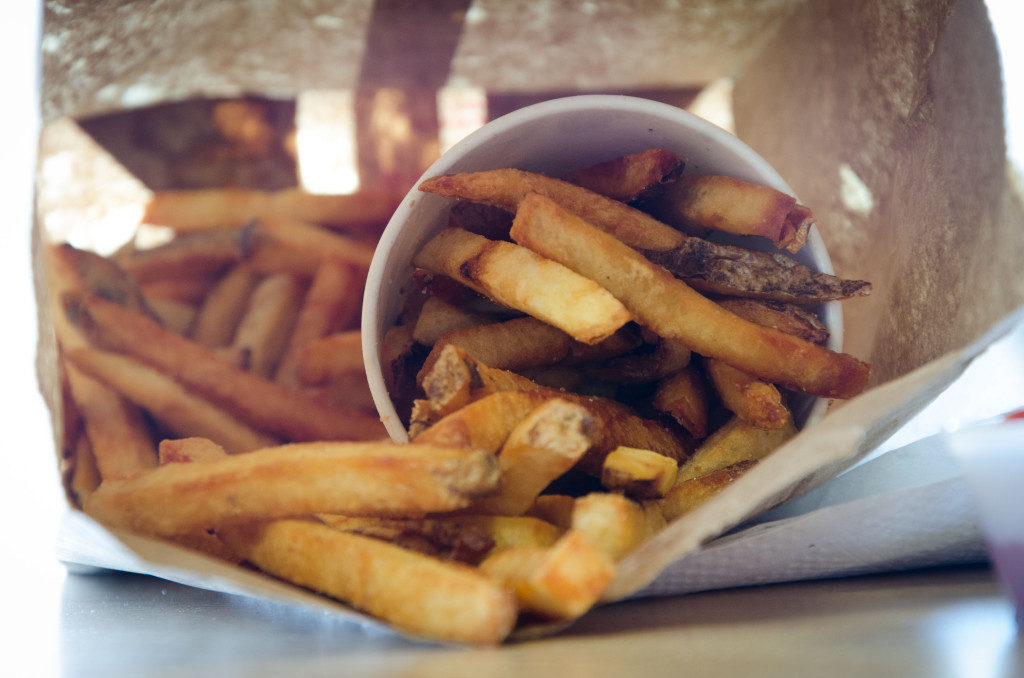
Photo by Trissa Gurney
A lot of fryers are used to make both french fries (inherently GF) and onion rings (not GF). So this is an issue of cross-contamination. Just ask your server.
16. Restaurant Eggs/Omelettes
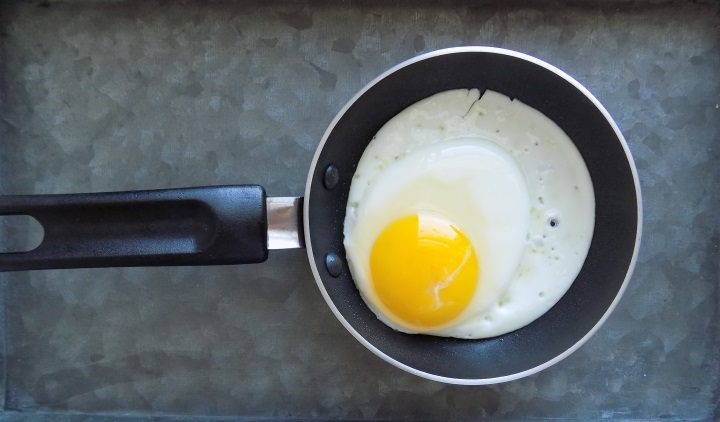
Photo by MSU Spoon University
While unlikely, some restaurants may be in a time crunch and use the same pots and pans they make pancakes and french toast in to make eggs and omelettes as well. As always with eating out, be cautious of cross-contaimination.
17. Pudding
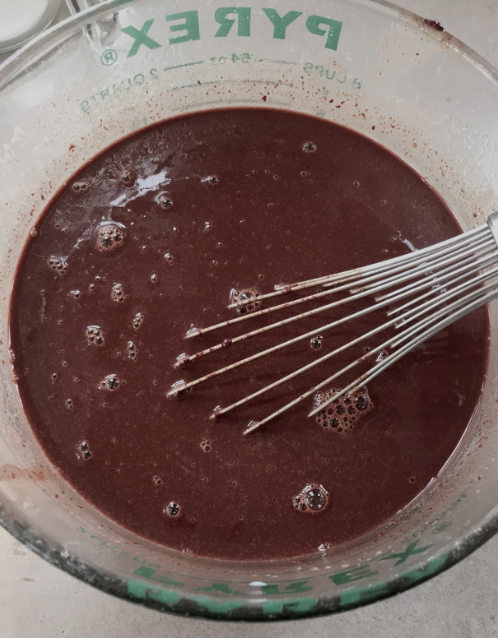
Photo by Leigh Needham
Most puddings should be good to go, but some may contain wheat as a thickener or preservative. Bottom line: read. your. labels.
18. Vitamins

Photo by Dana Salzman
While unlikely, gluten could be added to vitamins as a binding agent.
19. Lipstick
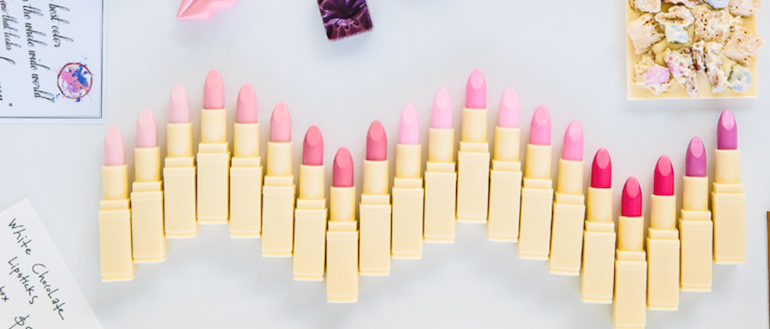
Photo courtesy of maggielouiseconfections.com
Similar to vitamins, lipstick may contain gluten as a binding agent. So either check your labels or don’t eat your lipstick.
20. Hot Dogs
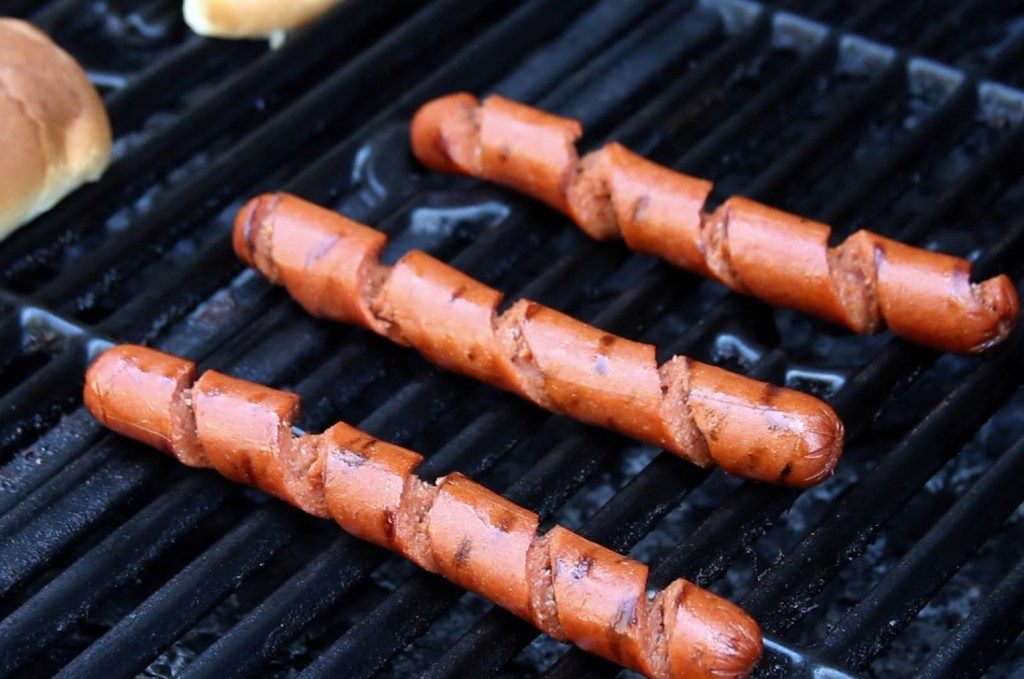
Photo by Mira Nguyen
Another preservative issue. My advice: avoid processed meats. Your stomach (and arteries) will thank you for it.
21. Veggie Burgers

Photo by Caitlin Schnack
Wheat is a common ingredient added to make a burger-less burger still taste edible.
22. Flavored Potato Chips
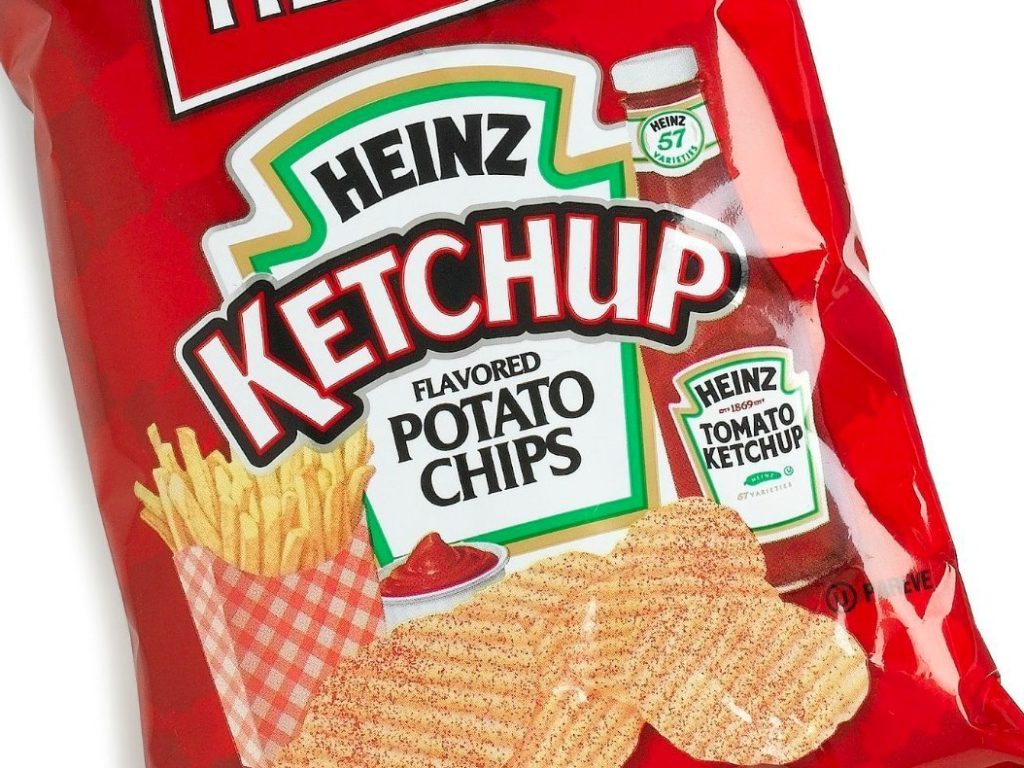
Photo courtesy of amazon.com
While potatoes are gluten-free, gluten could sneak into the seasoning or added ingredients, so double check to make sure.
23. Beer
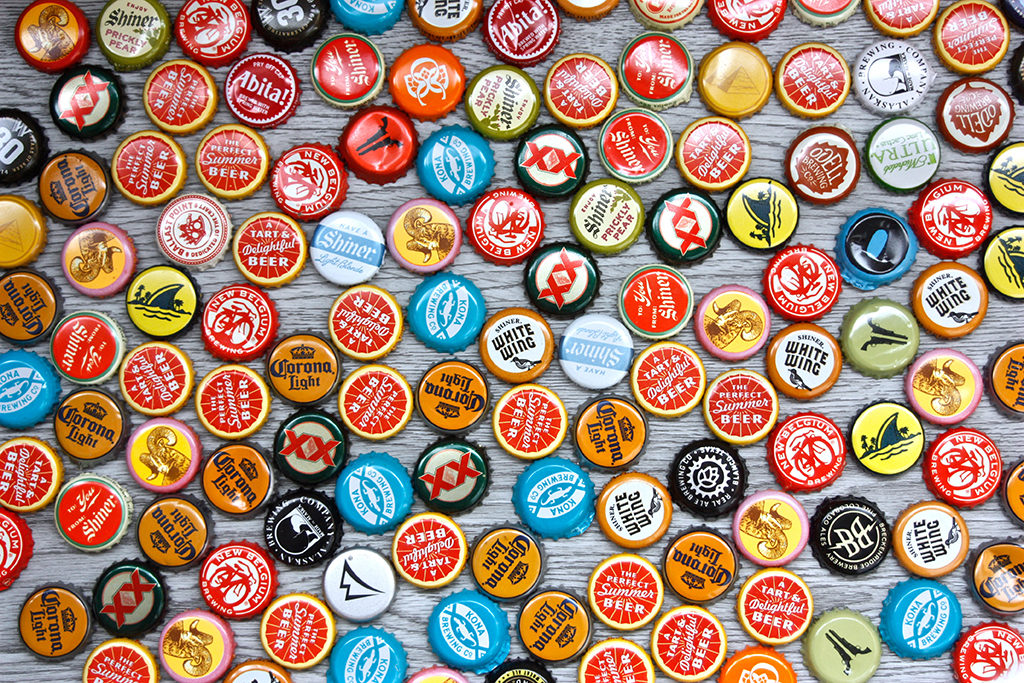
Photo by Christin Urso
Beer is made from malted barley and malted wheat, so beer pong is a hard no.


